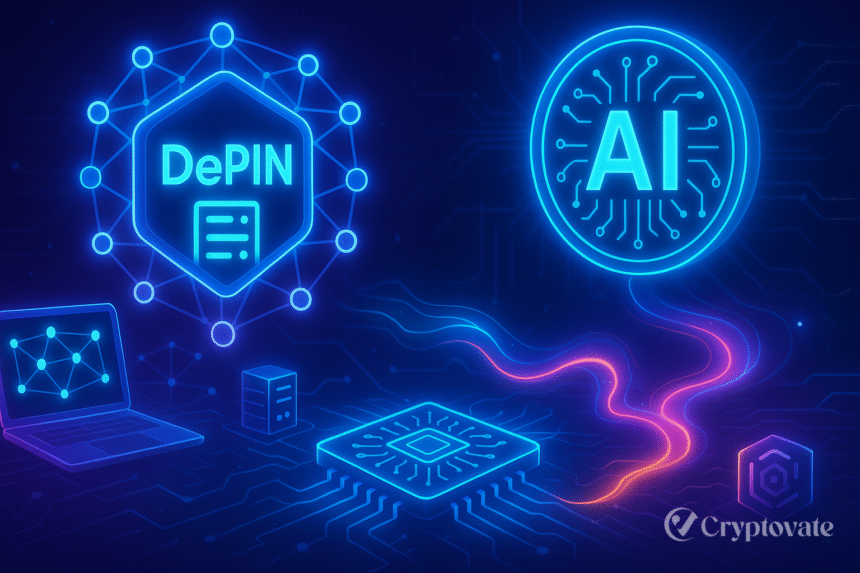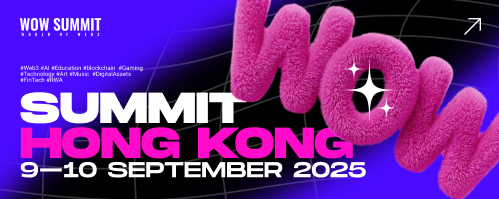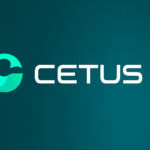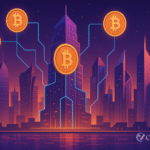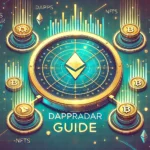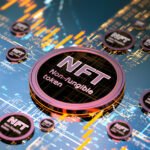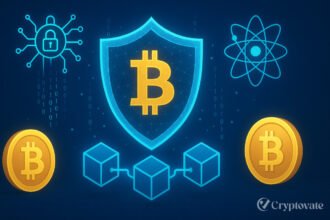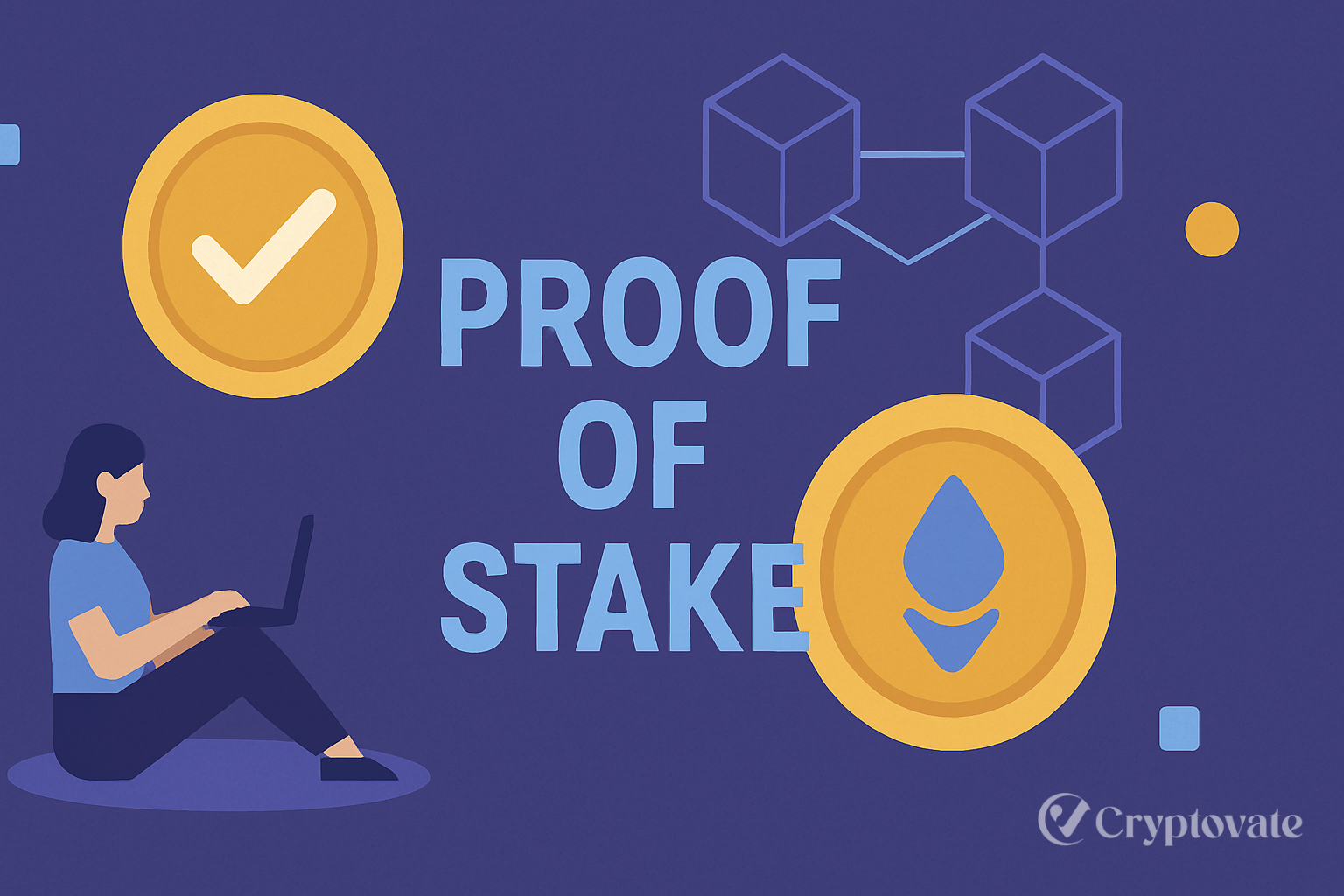– Ad –
| Getting your Trinity Audio player ready... |
In 2025, the fusion of Decentralized Physical Infrastructure Networks (DePIN) and Artificial Intelligence (AI) is reshaping the technological landscape. DePIN, a blockchain-based approach to decentralizing physical infrastructure like computing power, storage, and connectivity, is unlocking new possibilities for AI. By leveraging community-driven networks, DePIN eliminates costly intermediaries, making AI more accessible, affordable, and efficient. This article explores how DePIN and AI are converging to power the future of decentralized computing, spotlighting key projects, benefits, challenges, and what lies ahead.
What is DePIN and Why Does It Matter for AI?
DePIN uses blockchain technology to create decentralized networks for physical resources, such as wireless connectivity, data storage, and computational power. Unlike traditional centralized systems, DePIN incentivizes users to contribute resources—like GPUs or storage space—in exchange for cryptocurrency rewards. This creates a cost-effective, scalable infrastructure that aligns perfectly with AI’s growing demand for computational power.
AI applications, from 3D rendering in gaming to training complex machine learning models, require immense computing resources. Centralized providers like AWS or Google Cloud often come with high costs and limited accessibility. DePIN bridges this gap by offering a decentralized alternative, enabling developers, creators, and researchers to access affordable computing power. In 2025, the DePIN sector’s $33 billion market cap highlights its game-changing potential, particularly for AI-powered industries.
Key DePIN Projects Driving AI Innovation
Several DePIN projects are leading the charge in integrating AI with decentralized computing. Here are three standout examples:
1. Render: Decentralized GPU Power for AI and Beyond
Render Network is revolutionizing GPU access for AI, gaming, and metaverse applications. By connecting users with idle GPUs to those needing rendering power, Render supports tasks like 3D modeling, animation, and AI-driven visual effects. With a market cap of $2.8 billion and partnerships with tech giants like Apple, Render is a cornerstone of the DePIN-AI ecosystem. Its ability to reduce rendering costs by up to 40% compared to centralized providers makes it a game-changer for creators and developers.
2. Bittensor: Decentralized AI Training Marketplace
Bittensor is leading the way in creating a decentralized platform for training AI models. Its Dynamic TAO upgrade in 2025 enhances its ability to incentivize contributors to share computational resources for training machine learning models. Bittensor’s network supports researchers and developers globally, democratizing access to AI development. With a $3.5 trillion AI market in sight, Bittensor’s innovative approach positions it as a leader in decentralized AI.
3. Akash Network: Cloud Computing, Decentralized
Akash Network serves as a decentralized cloud platform, providing cost-effective computing resources for AI tasks. By enabling users to rent out spare computing power, Akash reduces costs for tasks like AI model deployment and data processing. Its integration with Kubernetes and compatibility with AI frameworks make it a versatile player in the DePIN space, with a growing user base in 2025.
Benefits of DePIN-AI Synergy
The convergence of DePIN and AI offers several compelling advantages:
- Cost Efficiency: DePIN eliminates middlemen, reducing costs by up to 30% compared to centralized cloud providers. For instance, Render’s decentralized GPU rendering offers substantial cost savings compared to conventional options.
- Accessibility: DePIN democratizes access to computational resources, enabling small businesses, independent developers, and researchers in underserved regions to leverage AI.
- Scalability: Community-driven networks scale dynamically as more users contribute resources, meeting AI’s growing demand without bottlenecks.
- Innovation: By lowering barriers to entry, DePIN fosters innovation in AI-driven fields like gaming, healthcare, and the metaverse, encouraging new applications and solutions.
Also Read: Tokenized Real-World Assets (RWAs): The Future of Investment in 2025 and Beyond
Challenges Facing DePIN and AI Integration
Despite its promise, the DePIN-AI synergy faces hurdles:
- Scalability: Heavy transaction loads can put pressure on blockchain networks, causing slowdowns and processing delays. Solutions like layer-2 scaling and zero-knowledge technology are being explored to address this.
- Security Risks: Decentralized networks are vulnerable to hacks, as seen in past blockchain exploits. Robust encryption and auditing are critical to ensuring trust.
- Regulatory Uncertainty: Governments are scrutinizing DePIN projects for compliance with data privacy and financial regulations. Clear frameworks are needed to support mainstream adoption.
- User Onboarding: Complex interfaces and technical requirements can deter non-technical users. Projects like Render are improving user experience to bridge this gap.
What Lies Ahead for DePIN and AI in 2025 and Beyond
The DePIN-AI ecosystem is poised for explosive growth. Analysts predict the DePIN sector could reach a $50 billion market cap by 2027, driven by AI’s expansion into industries like healthcare, autonomous vehicles, and virtual reality. Projects like Render and Bittensor are expected to lead, with innovations like Render’s integration with AI-driven content creation and Bittensor’s advancements in decentralized neural networks.
Moreover, DePIN’s role in Web3—a decentralized, user-owned internet—will amplify its impact. By powering AI with decentralized infrastructure, DePIN is laying the foundation for a more inclusive, efficient, and innovative digital economy. As adoption grows, we can expect new use cases, from decentralized AI assistants to community-driven supercomputing networks.
Conclusion
The synergy between DePIN and AI is unlocking a new era of decentralized computing. DePIN is enabling creators, developers, and researchers to drive AI innovation further by providing more affordable, accessible, and scalable computational resources. Projects like Render, Bittensor, and Akash Network are leading the charge, demonstrating the real-world impact of this technology. Despite challenges, the future is bright for DePIN and AI, promising a decentralized, AI-driven world by 2025 and beyond. Explore these projects today to join the revolution shaping the future of technology.
FAQs
What is DePIN, and how does it relate to AI?
DePIN (Decentralized Physical Infrastructure Networks) uses blockchain to decentralize physical resources like computing power and storage. It relates to AI by providing affordable, scalable infrastructure for tasks like model training and rendering, making AI more accessible.
Which DePIN projects are best for AI applications?
Render (GPU rendering), Bittensor (AI model training), and Akash Network (decentralized cloud computing) are top projects driving AI innovation through decentralized infrastructure.
How does DePIN make AI more cost-effective?
DePIN eliminates intermediaries, allowing users to access resources directly from contributors. This can reduce costs by up to 30-40% compared to centralized providers like AWS.
What are the risks of using DePIN for AI?
Key risks include scalability limitations, security vulnerabilities in blockchain networks, and regulatory uncertainties. Ongoing advancements in technology and user experience are addressing these challenges.


